Description
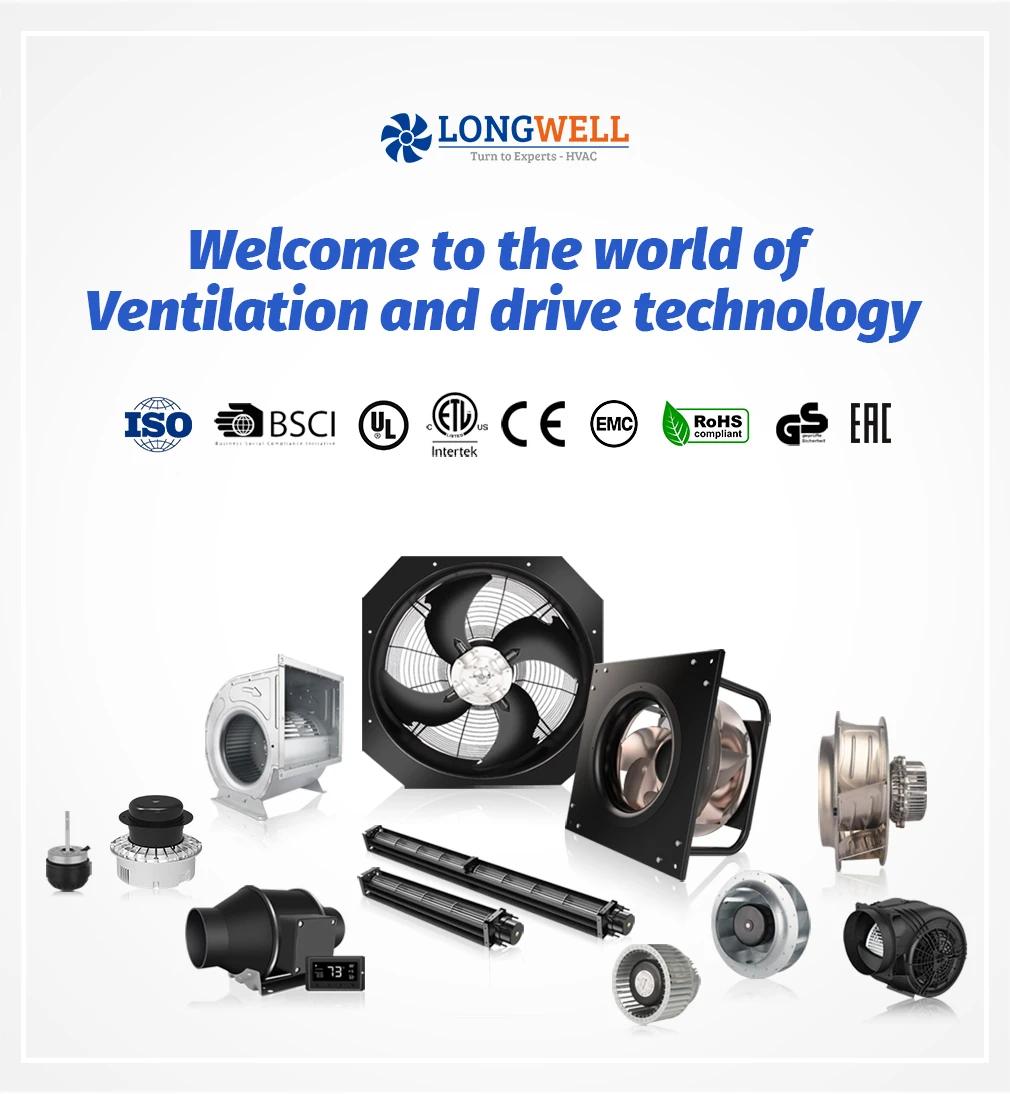
|
Types :
|
EC PLUG FANS (Centrifugal fan )
|
|
Voltage Ranges :
|
115V,230V,400V;
|
|
Frequency :
|
50/60 Hz
|
|
Diamter :
|
133mm-630mm ( impeller diameters )
|
|
Motor Types :
|
BLEC External Rotor Motor
|
|
Speed Control :
|
0-10V Signal / PWM / RS485(Optional)
|
|
Max.ambient Temp:
|
-25℃~ +60℃
|
|
Certificating :
|
All necessary certifications suitable for USA & Europe , ETL,UL ,CE ,RoHS, ISO19001,ISO 14001,BSCI
|
|
Protection Level:
|
IP44 ,IP54,IP55
|
|
Electronic Protection:
|
Current limiting protection ,Over-temperature protection,Over-current protection,Locked-rotor protection,Soft start
|
|
Working & Storage
|
Operating temperature:-25~60℃;Operating humidity:0 ~ 85 % RH
Storing temperature:-25 ~ 70℃;Storing humidity:0 ~ 95 % RH Applicable altitude range:<1000m |
|
Balancing
|
According to JB/T 9101-1999 requirements G6.3
|
|
Product Standards :
|
LVD EN60950-1 EMC EN61000-6-3,EN61000-4-2, EN61000-4-3
|
|
Mainly Applications
|
AUH/ AIR PURIFIER / Server Cooling & Ventilation / Grow Tent /Ventilation SYSTEM/ Equipments Cooling /Refrigerator ,etc;ventilation fan cooling;ventilation exhaust fans
|
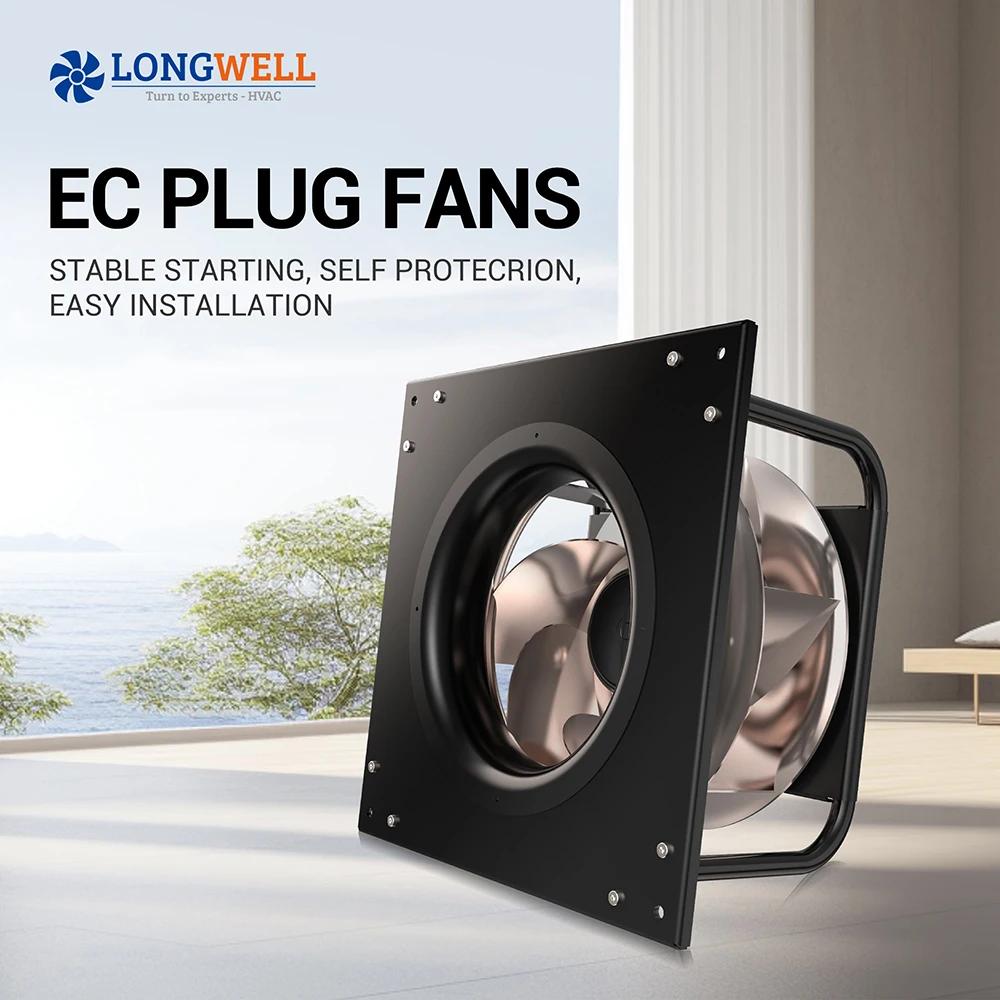
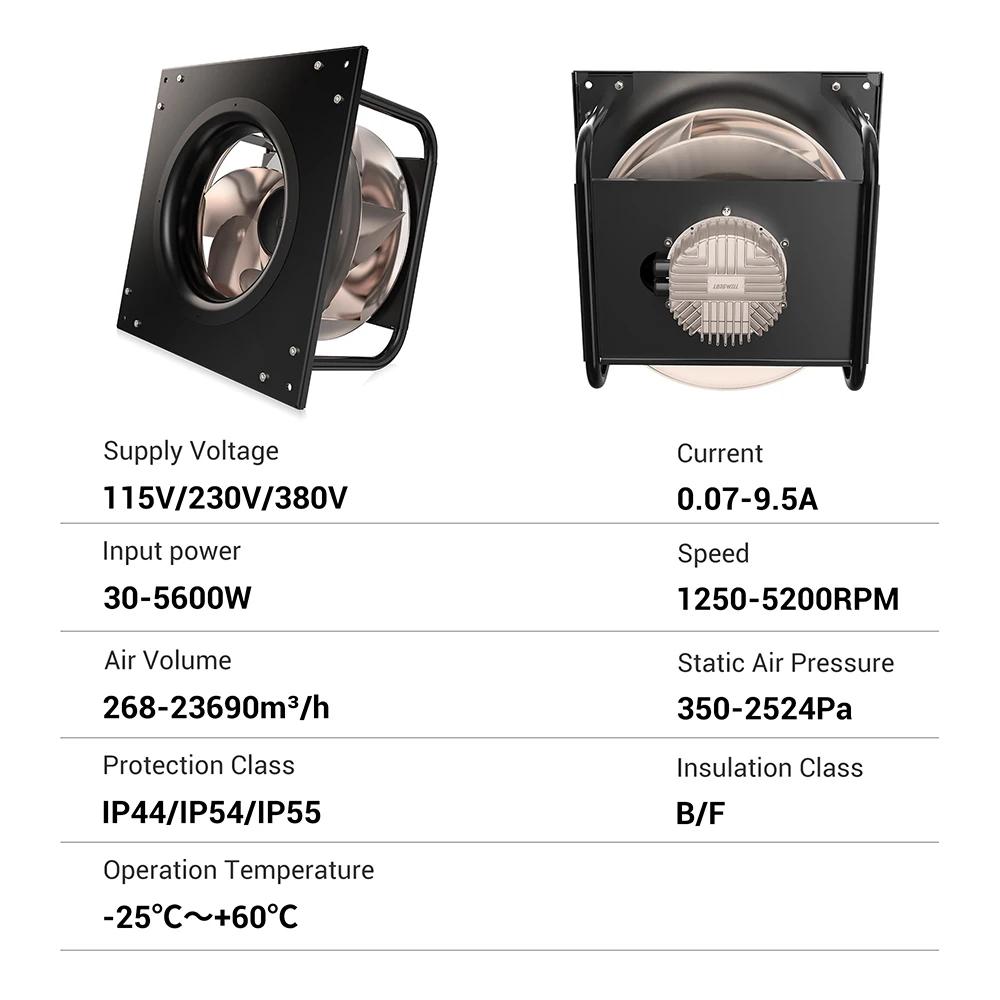

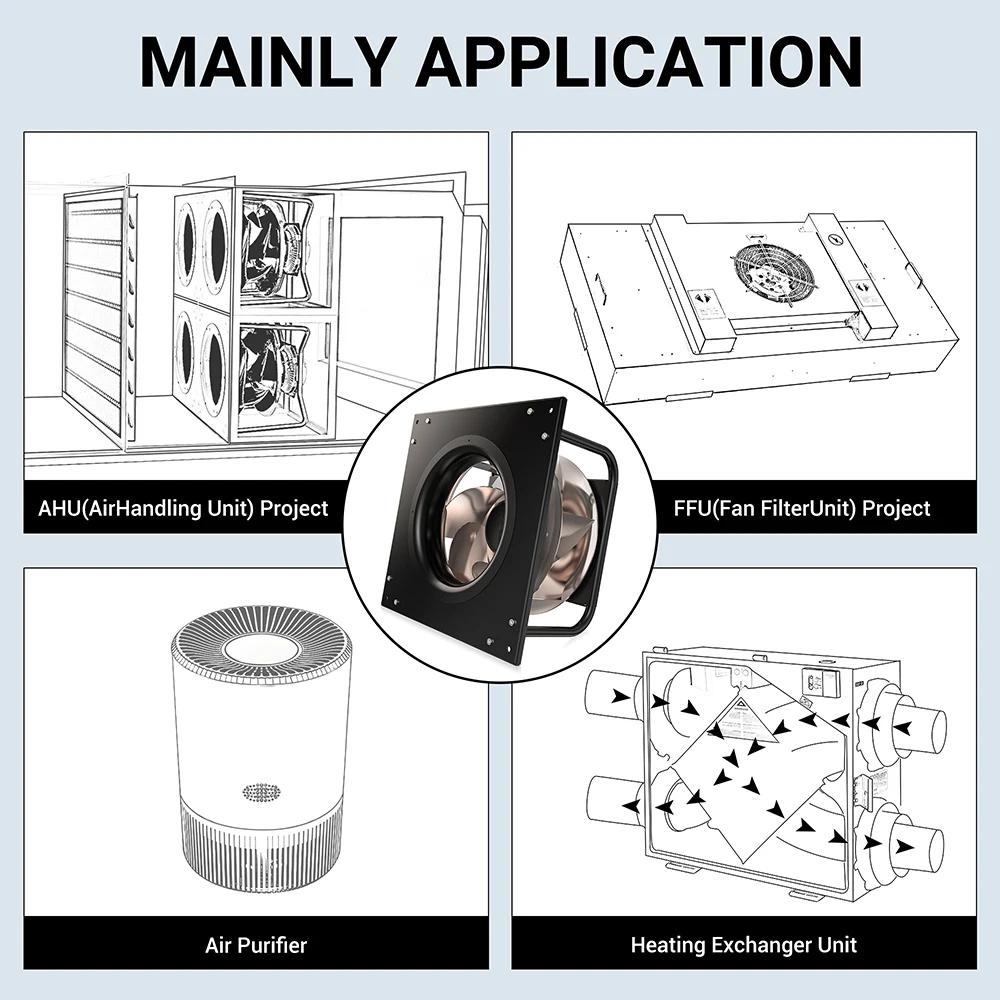
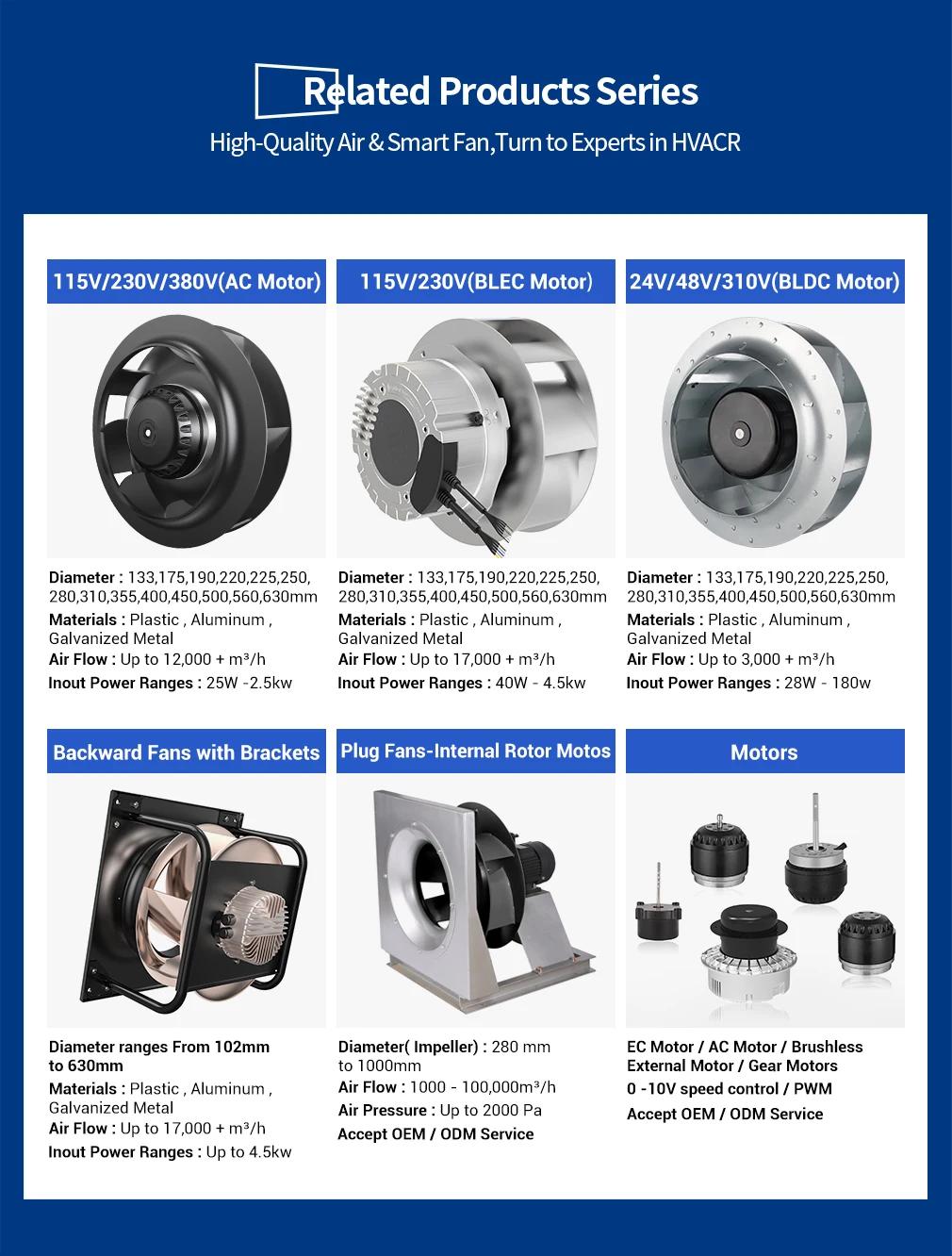
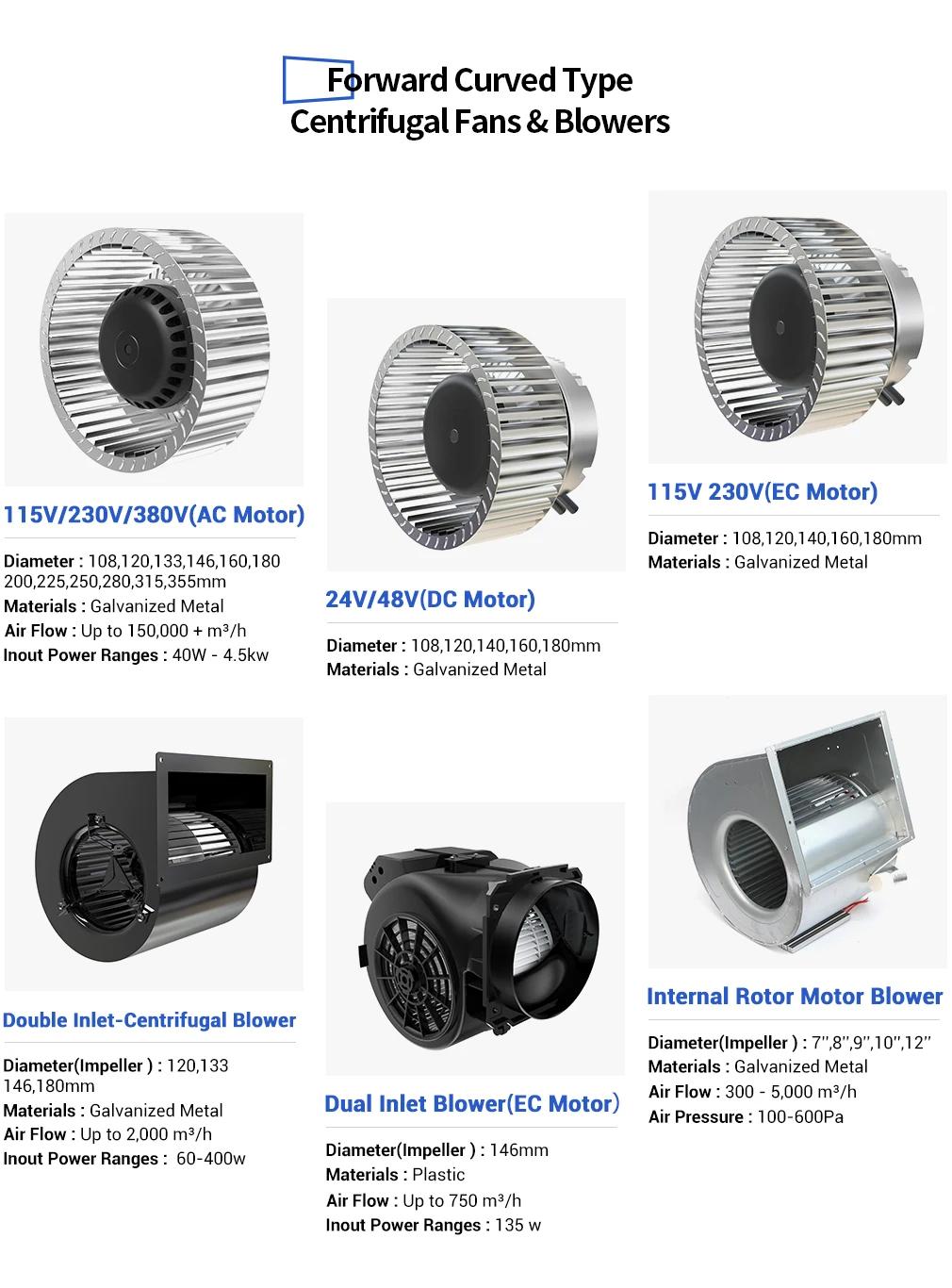



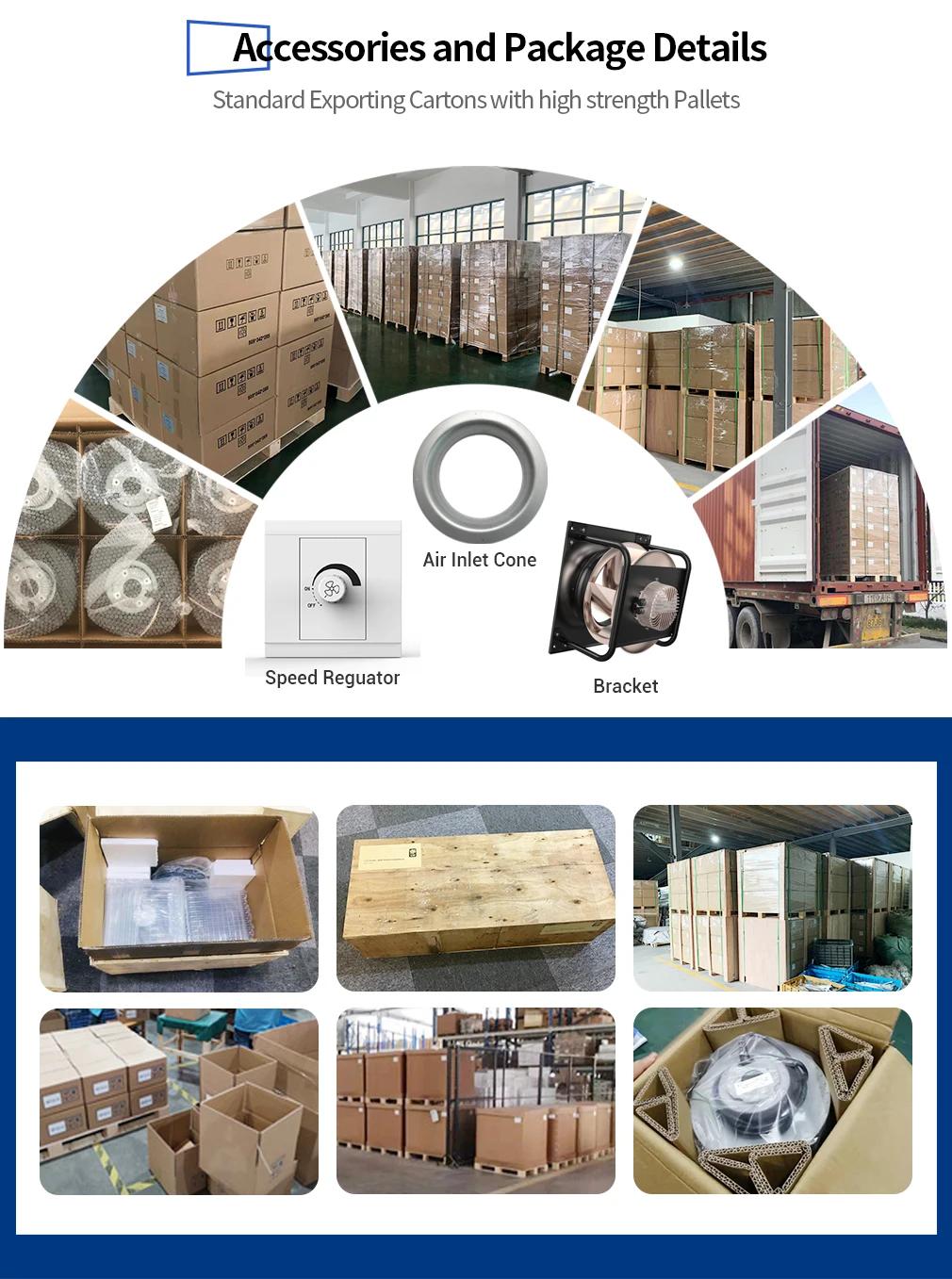
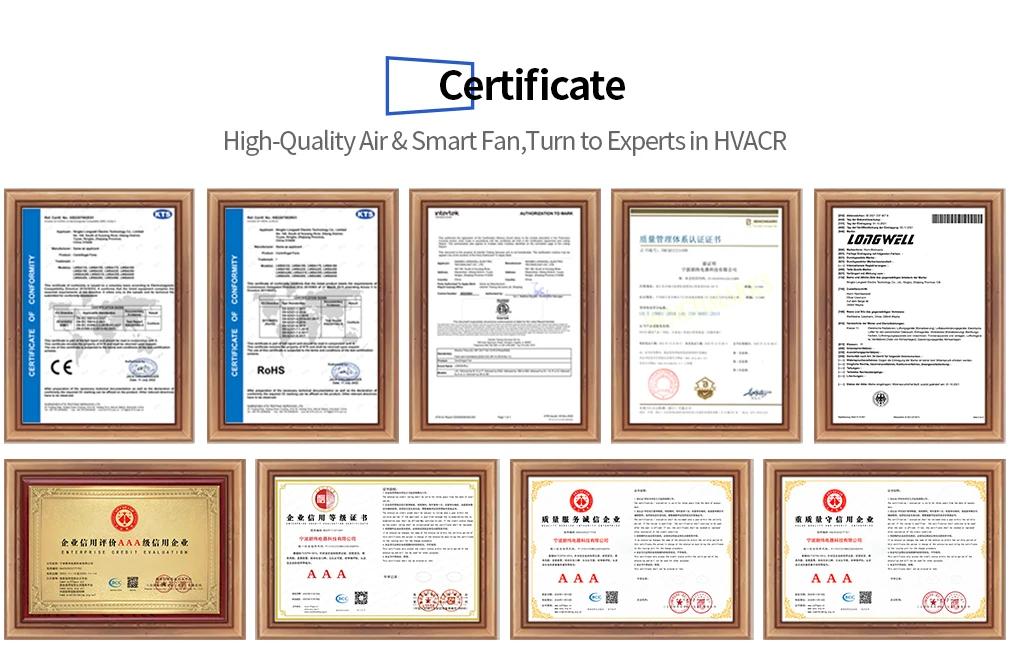

FAQ
* A centrifugal fan is a device that uses a spinning impeller to generate a pressure difference and move air or gas radially outwards from the fan’s axis.
2. How do centrifugal fans differ from axial fans?
* Centrifugal fans move air radially, while axial fans move air parallel to the fan’s axis. Centrifugal fans generally provide higher pressure and are more suitable for applications requiring higher resistance.
3. What are the key factors to consider when choosing a centrifugal fan?
* Key factors include the required airflow, static pressure, motor power, fan size, and the specific application environment.
4. Can centrifugal fans be used in high-temperature environments?
* Specialized high-temperature centrifugal fans can be used in such environments, but standard fans may not be suitable.
5. How are centrifugal fans typically controlled?
* Centrifugal fans can be controlled by adjusting the fan speed, using dampers to regulate airflow, or through variable frequency drives (VFDs).
6. What are the common maintenance practices for centrifugal fans?
* Regular maintenance should include cleaning the fan and housing, inspecting the impeller for damage, checking the motor and bearings, and ensuring tightness of all connections.
7. How can I reduce noise from a centrifugal fan?
* Noise can be reduced by using sound enclosures, selecting fans with lower noise ratings, or implementing proper installation techniques.
8. What is the typical lifespan of a centrifugal fan?
* The lifespan of a centrifugal fan depends on usage, maintenance, and build quality, but it can range from several years to over a decade.
9. Are there any energy-saving options for centrifugal fans?
* Yes, energy-efficient models with EC motors or those equipped with VFDs for speed control can significantly reduce energy consumption.
10. How can I ensure the safety of my centrifugal fan during operation?
* Ensure the fan is installed correctly, avoid overloading, and regularly inspect the fan for any signs of wear or damage.Follow the manufacturer’s guidelines for safe operation.

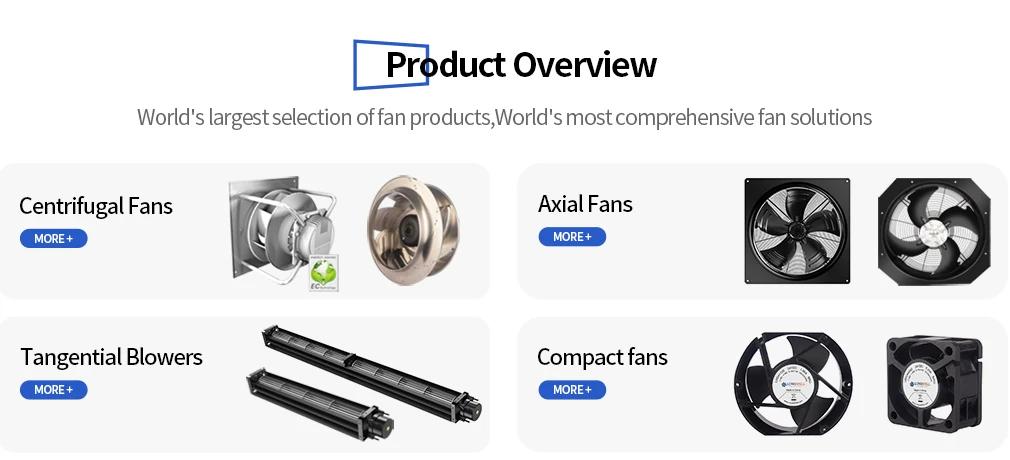
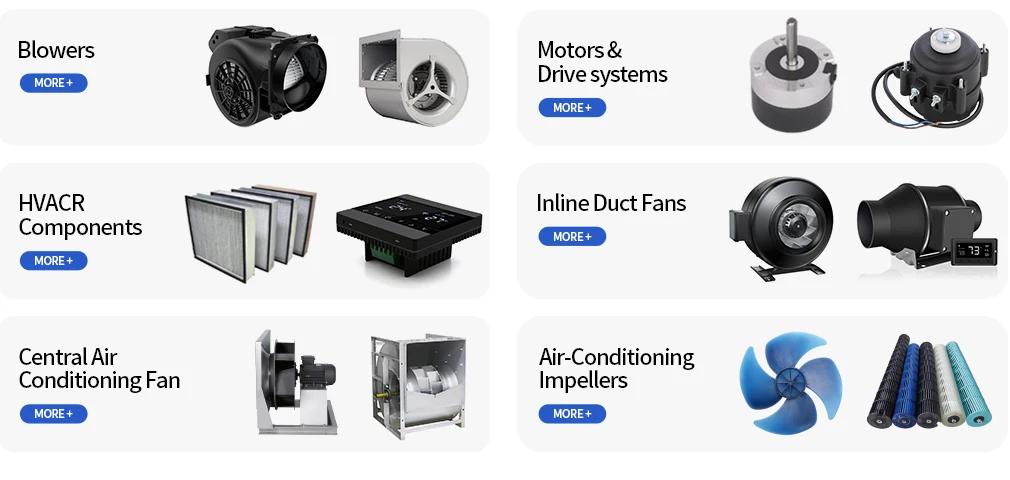
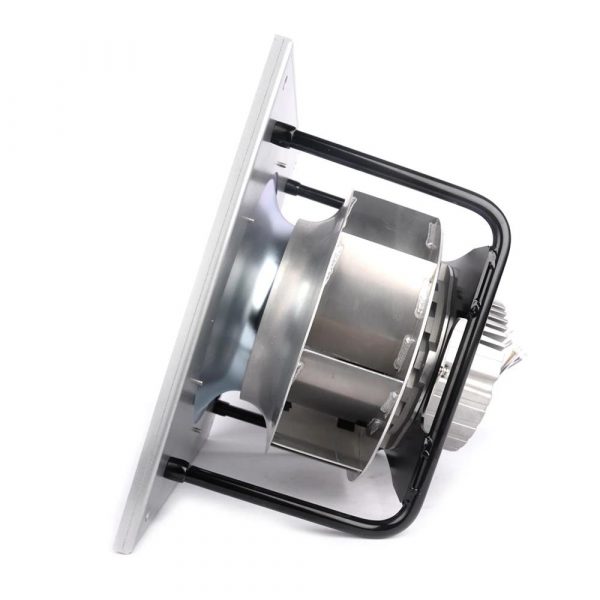
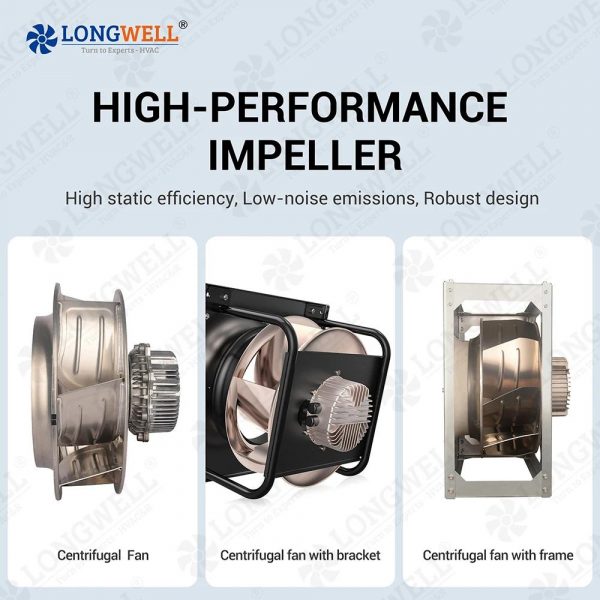

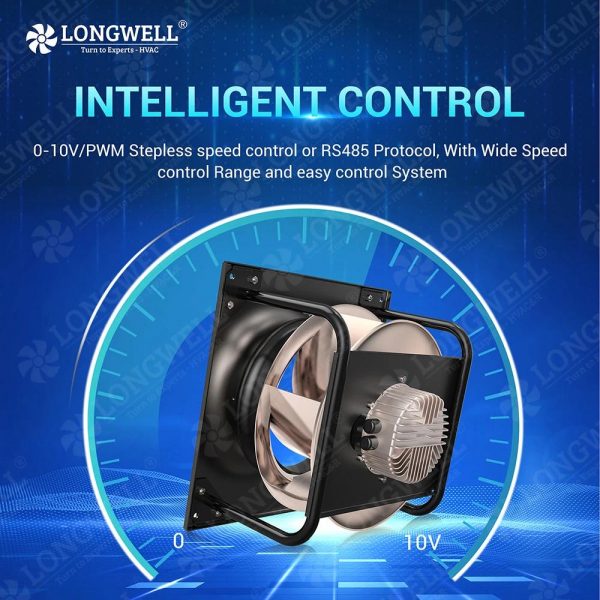
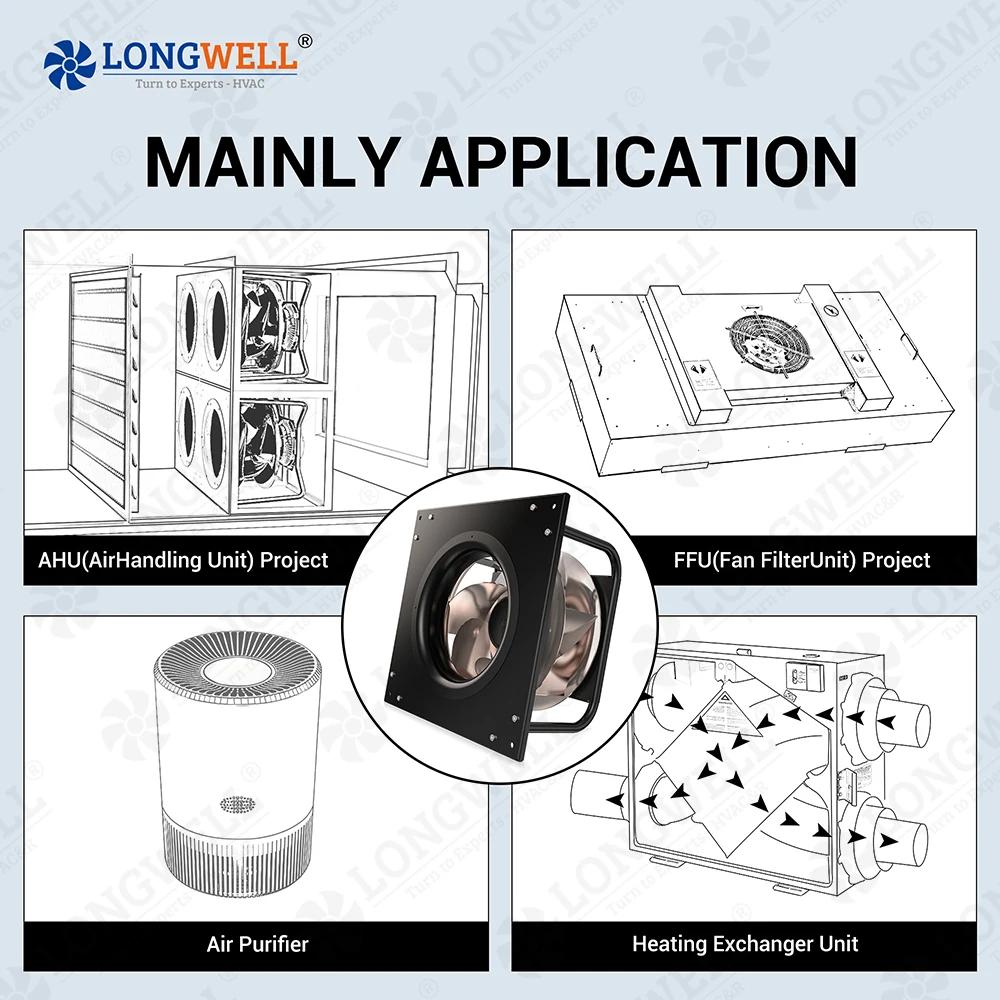
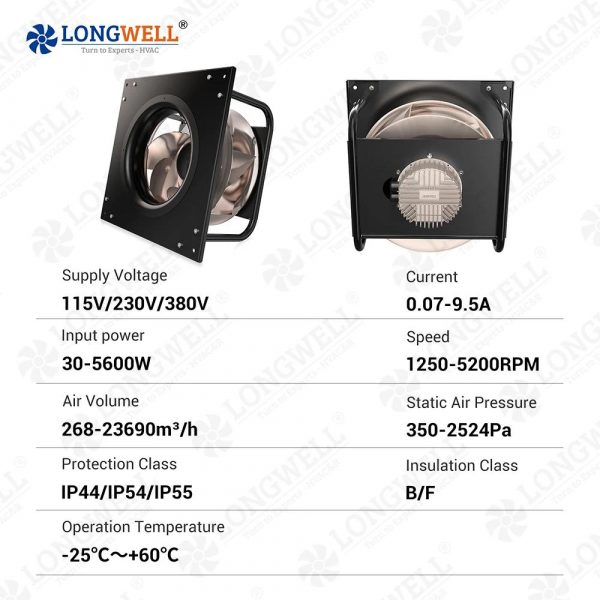
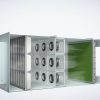
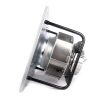
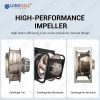

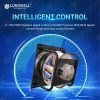

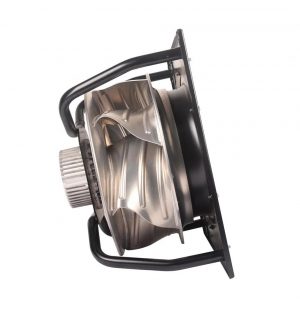
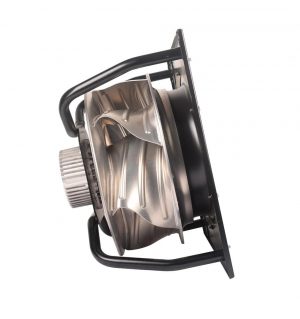
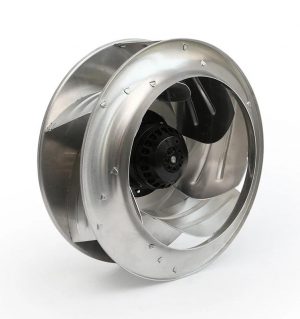
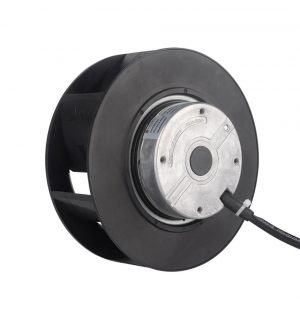
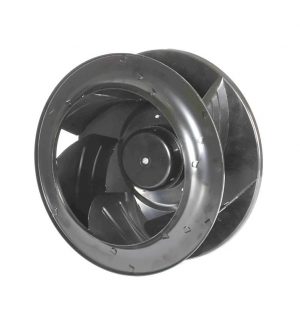

Reviews
There are no reviews yet.